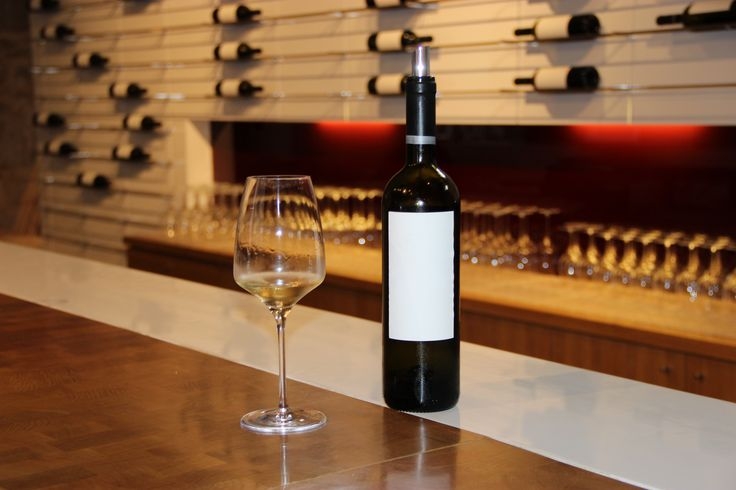
The central-Dalmatian island of Brač is Hvar’s next-door neighbour, but unfortunately they do not share the long tradition of making large volumes of high-quality wine. Brač is, however, famous for its white stone, an ideal material for sculptors and interior designers (the never-fully-confirmed legend says that some of the white stone in the White House, the one in Washington, comes from the island of Brač), but very unfriendly for those trying to grow grapes and make wine. And on the island of Brač, in the famous tourist centre of Bol, known for its long, moody and flaky pebble beach, Zlatni rat, is where the entrepreneur Jako Andabaka started the winery in 2009, taking over the cellar from the Agricultural Cooperative of Bol.
And as soon as the company was founded and staffed, they started the project of return of the grapes to the island of Brač. They planted 50 ha of new vineyards (mostly pošip and vugava grapes) at the Grabica location, never previously cultivated with vineyards (or anything at all), on a plateau at around 500 meters above the sea level, facing to the southeast – a perfect micro-location to make wine. Except for one small detail: the soil was, in fact, stone, so they had to employ many stone-crushing machines in order to get the soil so that vines can be planted there and produce high-quality grapes. There were other locations as well, some of them historic locations where vines have been cultivated for centuries, such as the Murvica location, where plavac mali has been grown in the past, but the vineyards needed to be revived. In order to revive those locations, major investments were made to improve the conditions, reduce yield and maintain grape quality, while at the same time attempting not the lose the traditional appearance and feel of an old vineyard.
The peculiar bottle packaging was designed by the renowned Croatian design studio Bruketa&Žinić, and it has won awards in the past and attracts attention of potential buyers.
Today Stina winery has a cellar at a very attractive location, the Bol waterfront; in addition to the standard grape processing and wine aging space, the cellar also welcomes tourists for wine tasting and sale – a type of space Bol has been missing for years.
Plavac mali, crljenak, vugava, pošip and some chardonnay are their varieties of choice. They bottle plavac in three lines: Majstor, Barrique and Remek djelo (Masterpiece; wine created only in the best years for plavac mali). Some experts say that their plavac mali, especially Remek djelo is up there with the best plavac mali wines in the world, as it is allowed to live up to its full potential, it’s fruity, with a lot of good tannins, high on alcohol but still very enjoyable and drinkable. They also make a rose wine, called Opol from their plavac mali, and that too is considered to be one of the best rose wines in Croatia, especially in Dalmatia. Vugava and pošip are also wonderful wines, both showing the best characteristics of their varieties.










